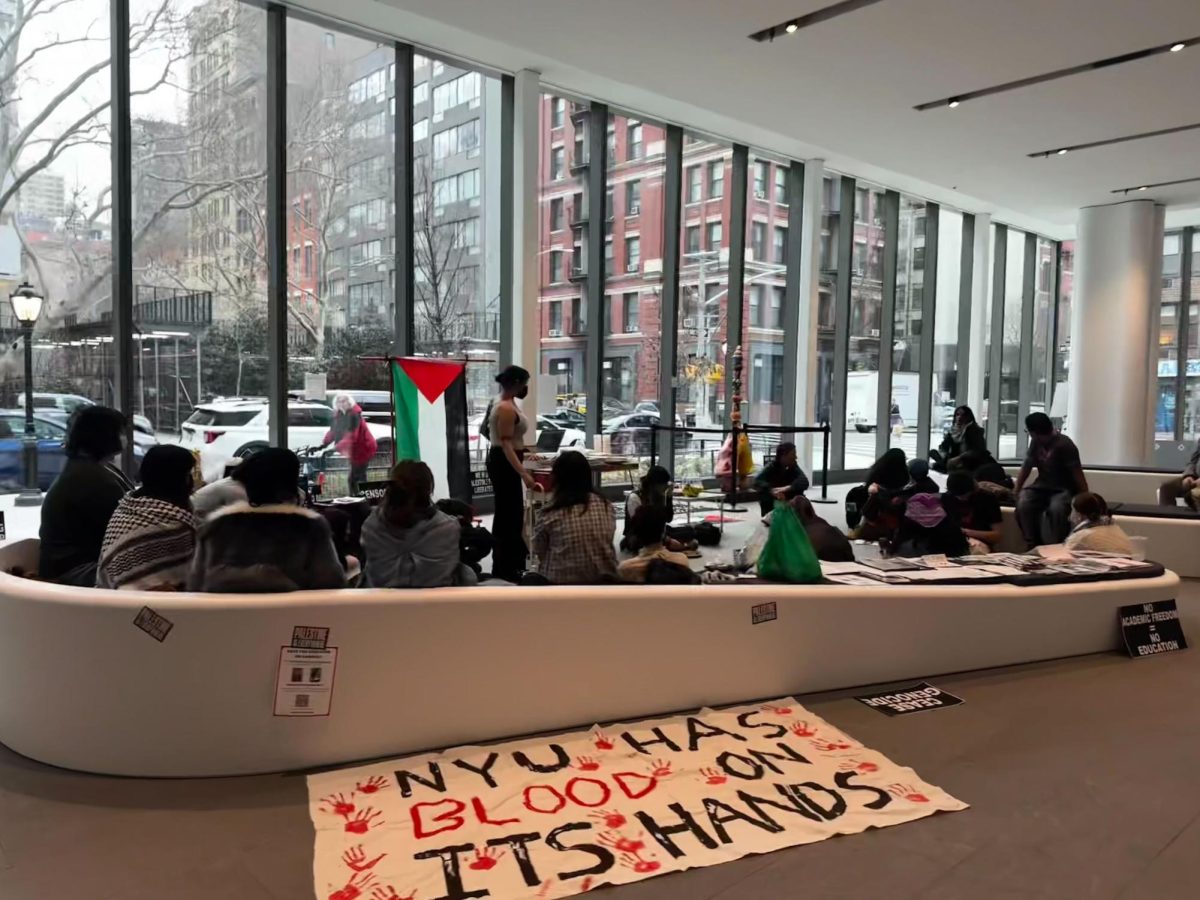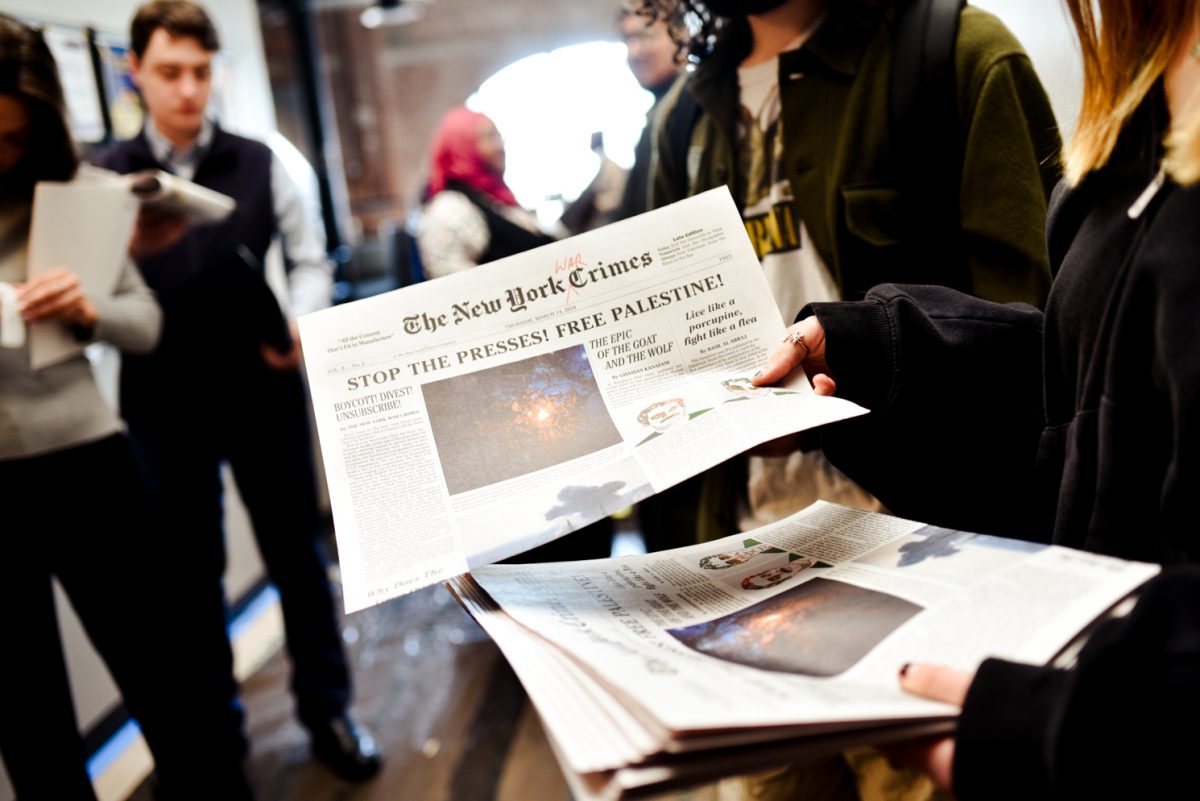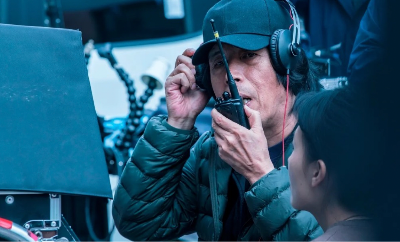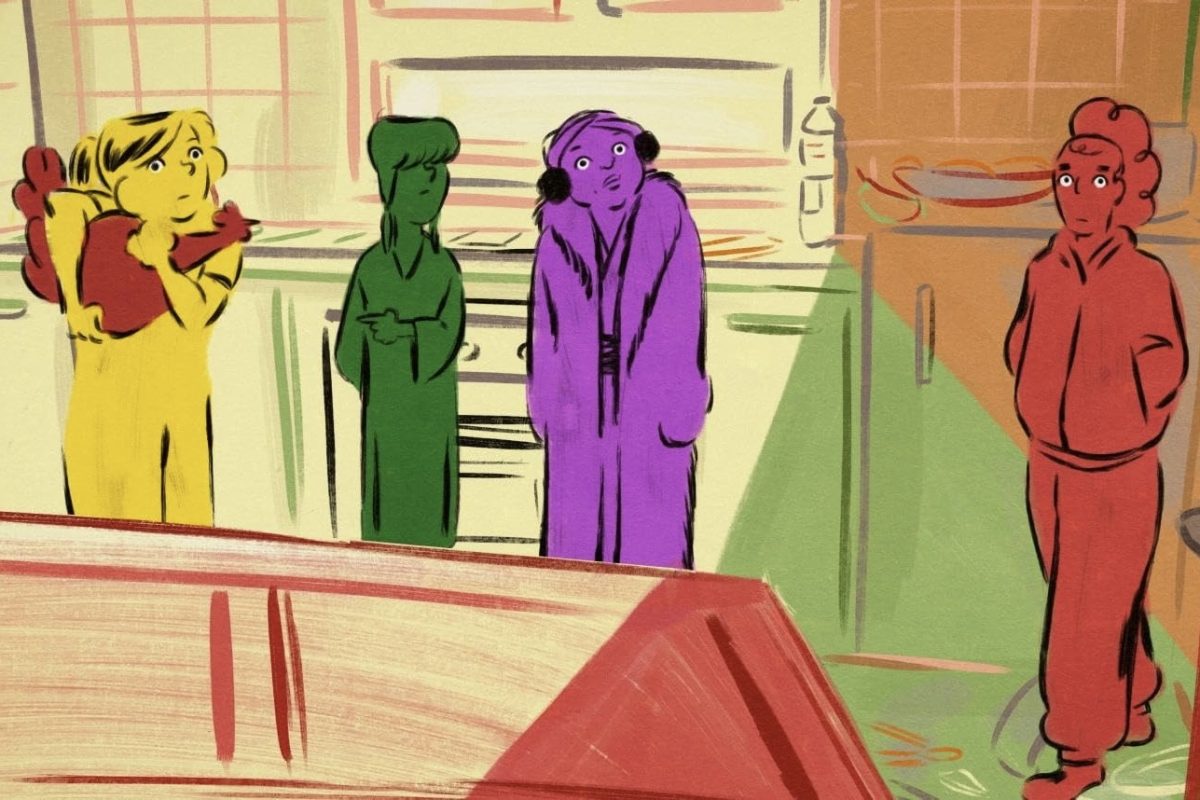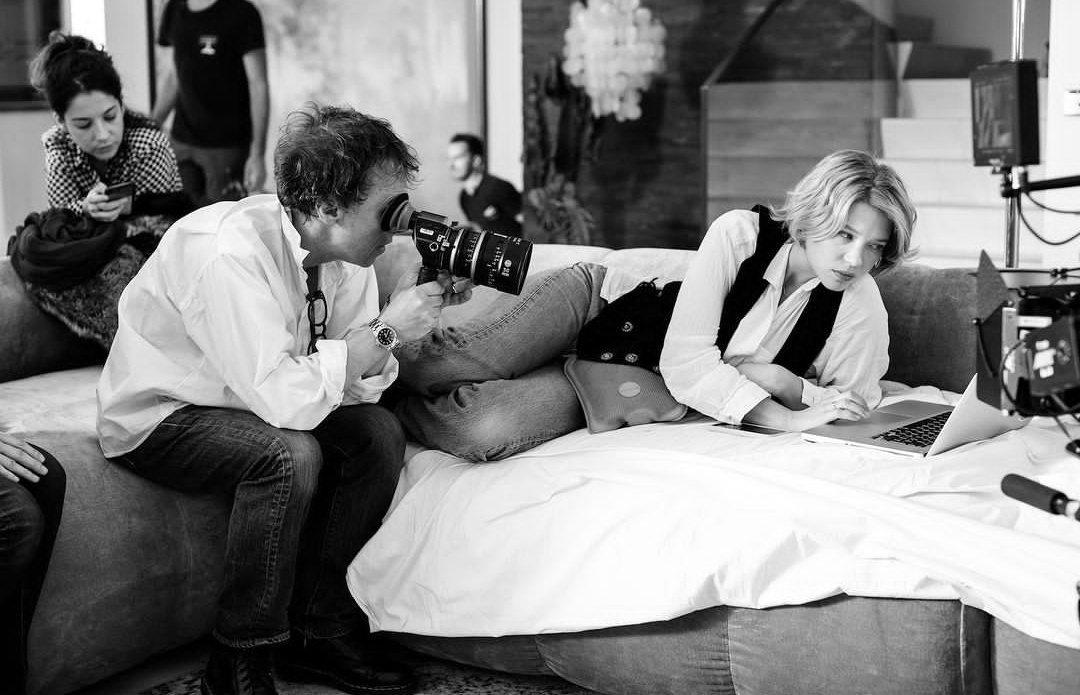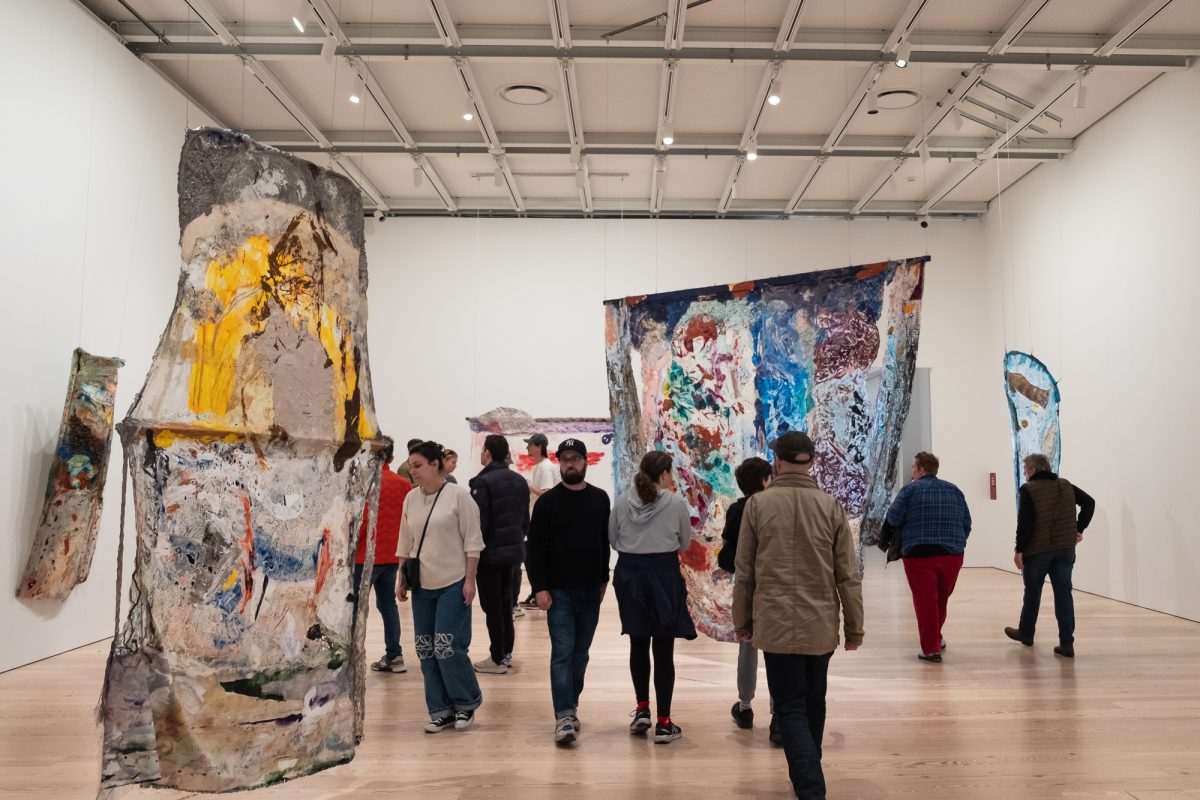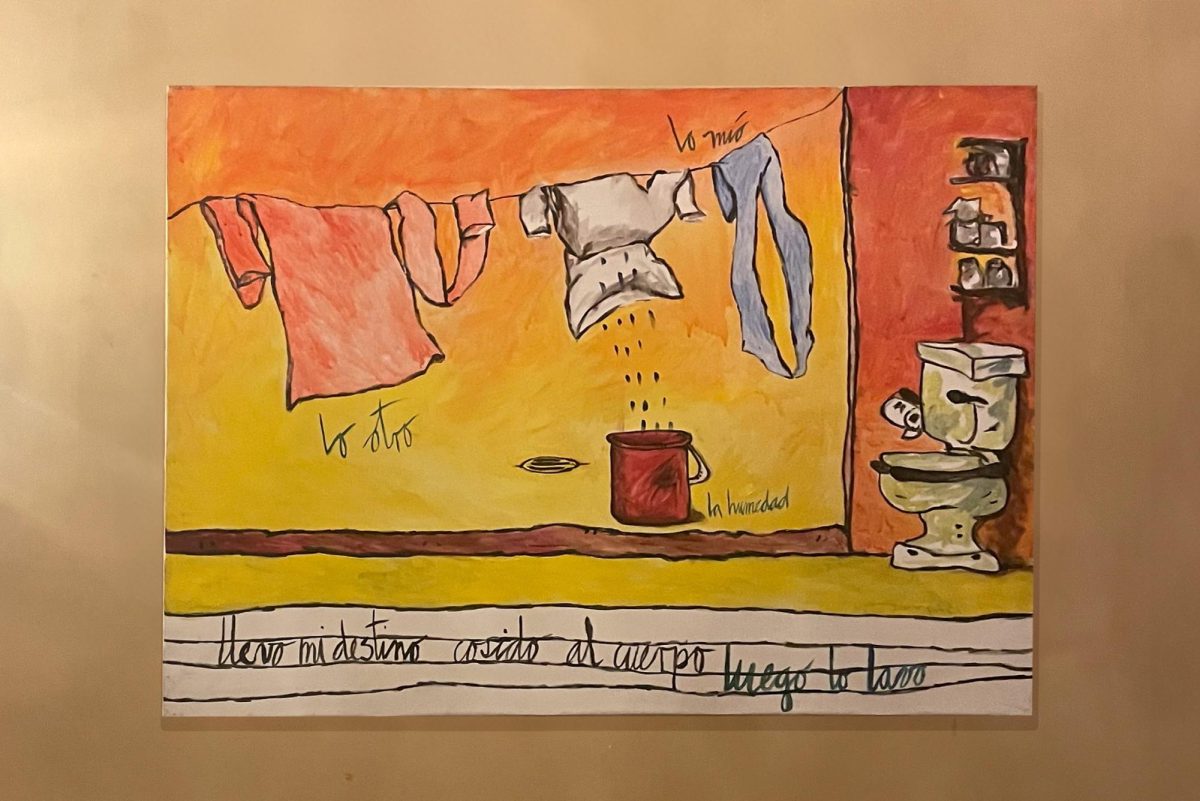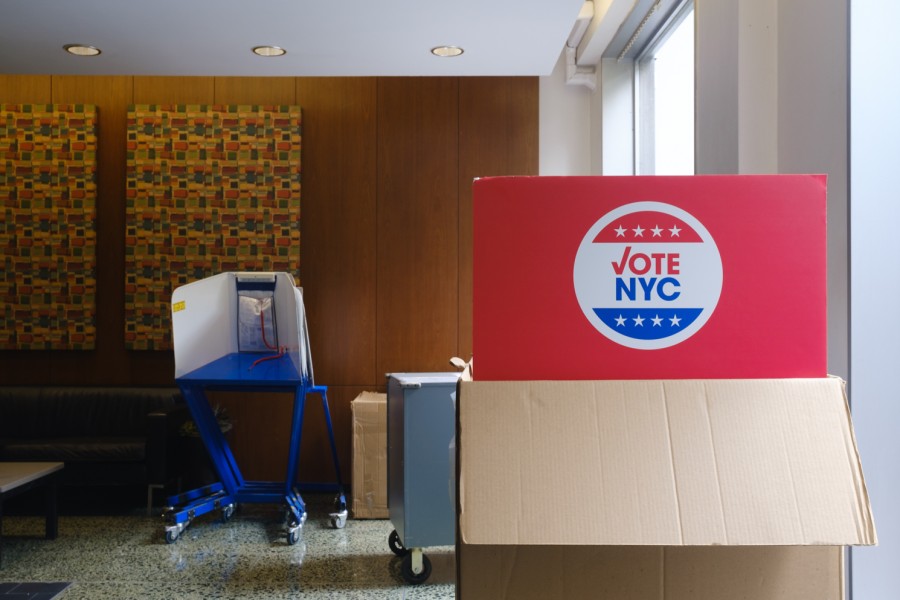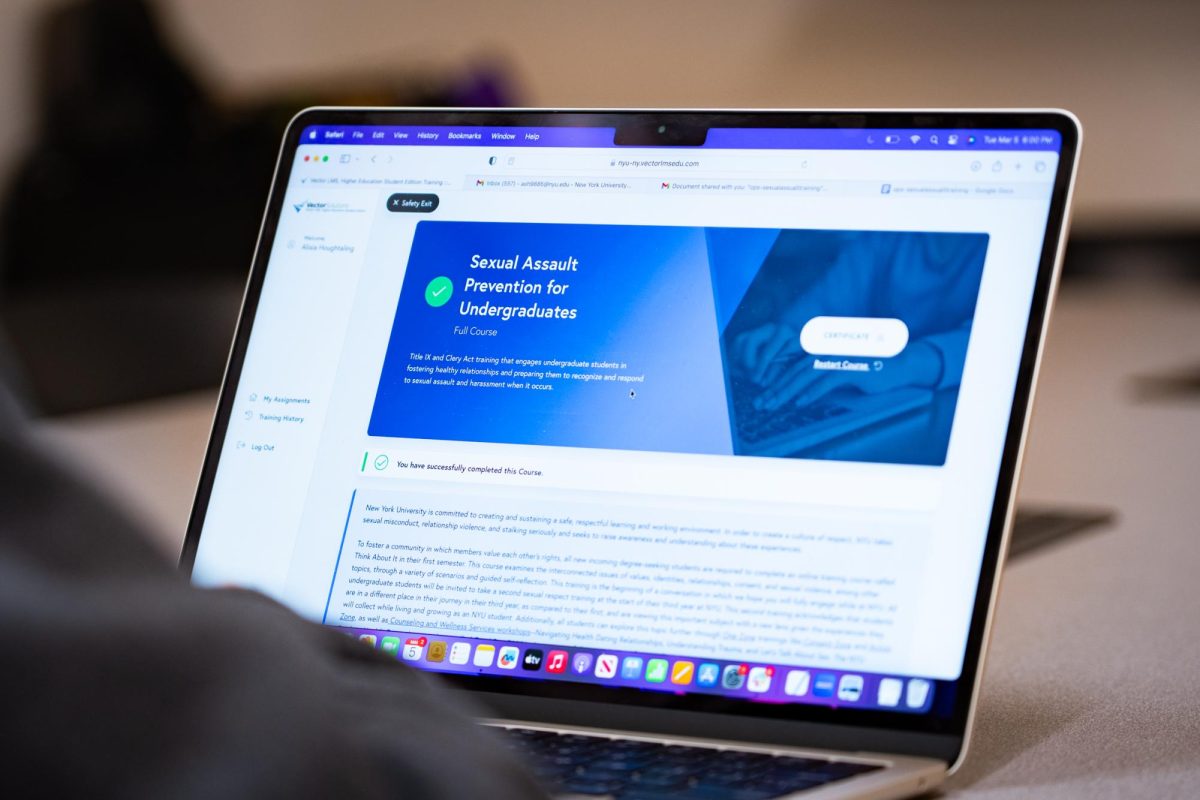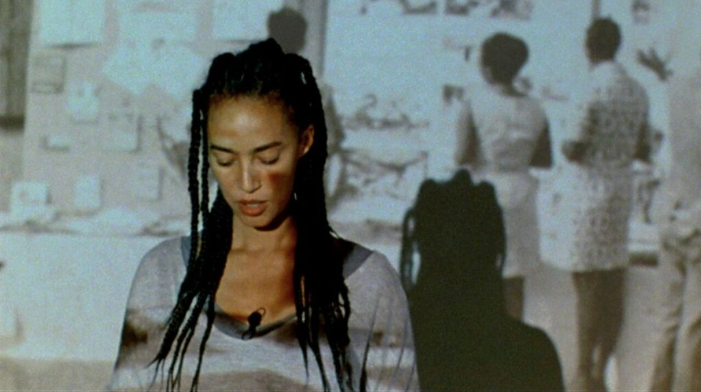“Disruptive Film” Showcases Unique Works of Rebellion
Courtesy of Anthology Film Archives
The “Disruptive Film: Everyday Resistance to Power” includes a variety of short films showcasing the struggle against power holds.
February 14, 2017
Documentaries, despite their immense social importance, are underrated among film lovers. However, the films screened by the Anthology Film Archives as a part of the “Disruptive Film: Everyday Resistance to Power” — running from Feb. 15-17 — are revitalizing the genre. Curated by filmmakers and activists Sherry Milner and Ernest Larsen, the collection is not only a tribute to anti-oppression movements across the globe, but also exhibits unique forms of protest that — while nonfictional — are markedly different from the standard documentary.
The series has three parts, which each part on a separate night. The first, called “Radical Visions of Resistance to Police Violence,” contains one of Milner and Larsen’s own films titled “41 Shots,” which covers the protests following the shooting of Amadou Diallo in 1999. This 14-minute short uses images of skeletons to instill fear in the audience, as well as shots of newspaper clippings that describe the shooting. Milner and Larsen’s techniques are bizarre, but the fear they create produces a sense of immediacy.
The second part, “Escape Routes in 90 Minutes,” contains two shorts called “I am Eight Years Old/J’ai Huit Ans” and “Prayer of Fear.” The former — an Algerian short about the country’s war of independence against the French — is a narration and collection of drawings by a young Algerian boy who experienced the bloody conflict firsthand. The piece shows how some children experience colonialism, war and decolonization. The latter short is a progression of clips from the 2013 Egyptian coup d’etat with a voiceover of a woman reciting a poem. This powerful piece has no narrative structure, but the narrator’s heart-wrenching, plea-for-mercy poem and the film’s images make the writer’s fear palpable.
The third part, “Polished Scum,” deals with feminist activism through film. One short titled “Iranian Women’s Liberation Movement, Year Zero” discusses the setbacks women endured in the aftermath of the Iranian Revolution. When Supreme Leader Ayatollah Khomeini decrees that women must veil themselves in public a mere day after taking office, the women of Iran, already politically active from the revolutionary days, take to the streets again to protest against this new law.
It is a multifaceted look at a seemingly one-dimensional issue, accentuated by the fact that women — who otherwise cover their heads in public — protest against the legalization of dress code, arguing that men will forever dominate society if women do not band together. While more conventional than other works in the anthology, this film stands out because it presents Iranian women in a more nuanced way than most media tends to do.
“Disruptive Film” not only highlights different forms of mobilization but also shows new means of expression that capture the issues at stake and challenge oppression through protest.
Email Ali Hassan at [email protected].















